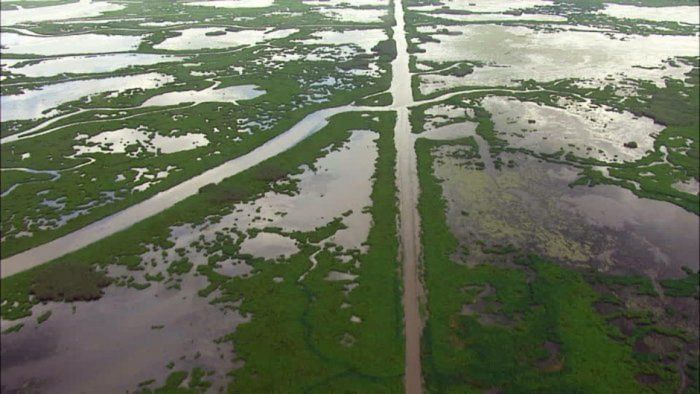
Recent reports have highlighted the increasing pressure on wetlands in all parts of the country. Many of them face such serious threats that their very survival in their present state may become difficult. India added 11 wetlands to the Ramsar sites in the country, taking the total number of Ramsar sites to 75 to mark the 75th year of Independence.
Wetlands which are recognised as important for biodiversity are called Ramsar sites. The name has come from the convention signed in the city of Ramsar in Iran, where an international treaty was signed in 1971 to conserve wetlands. Wetlands which have a role in protecting biological diversity are identified under the convention and rules are framed for their upkeep and management. India has the highest number of such sites in Asia, but they need to be better protected.
The country also has a legal framework for their protection under the Environment Protection Act, 1986, and the Wetlands (Conservation and Management) Rules, 2017. But the laws on their own are not enough to protect them, as in many other cases.
Wetlands are hotspots of biodiversity with thousands of species of flora and fauna, both aquatic and terrestrial, making them their habitats. They are haunts of migratory birds who spend time there in their thousands. They serve important environmental functions as they control floods, improve water quality, and check soil erosion. India has at least 220,000 big wetlands and 550,000 smaller ones. But a study by Wetlands International showed that two of every five wetlands have lost their natural existence in the last 30 years and 40% are unable to ensure survival of aquatic animals. Even Ramsar sites have become vulnerable. The threats to them emanate from various sources.
Increasing urbanisation, industrial and infrastructure development, agriculture and overfishing, encroachment by people, unscientific maintenance and lack of adequate care and attention on the part of governments are the main reasons for the degradation and disappearance of wetlands. About 35 per cent of the world’s wetlands were lost in the last 50 years. About 40% of the world’s species live and breed there but it is estimated that a quarter of wetland plants and animals are at risk of extinction.
They are disappearing three times faster than forests. Climate change causes destruction of wetlands and that, in a vicious circle, accentuates climate change. Governments are unable to protect all the wetlands, and collective action is required for it. There are many organisations which are active in the area but there is the need for more concerted action. The earth’s future depends on the future of wetlands.